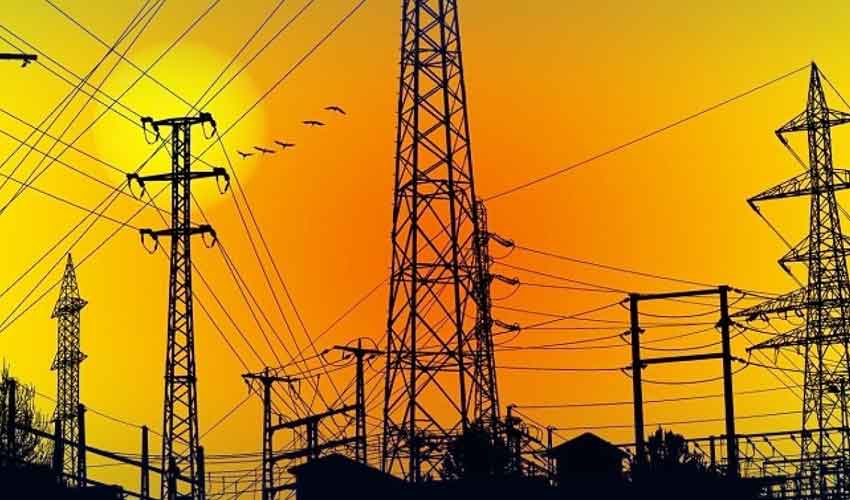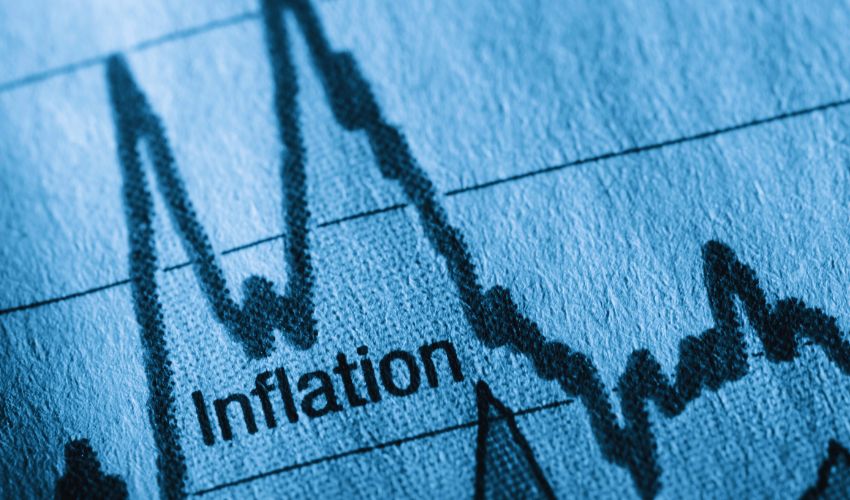The government has announced the withdrawal of all subsidies on electricity and gas for consumers, including those provided by provincial governments, in a move aimed at controlling the soaring circular credit in the energy sector.
The decision is part of a broader strategy to address the financial crisis, which has accumulated a combined circular debt of over Rs4.8 trillion. The International Monetary Fund (IMF) has been informed of the new measures, with a plan formulated to raise gas tariffs starting February 15, 2025.
According to the IMF and the World Bank, the energy sector is a huge burden on Pakistan's economy. Therefore, the government has prepared a plan to control the circular debt of Rs4.88 trillion in both sectors. A decision has also been made to collect the full production cost of electricity and gas from the consumers without any kind of subsidy.
According to a government document, the energy sector’s burden on the national economy has reached unsustainable levels. As of March 2024, the circular debt in the electricity sector alone had reached Rs2.794 trillion, while the gas sector's debt was recorded at Rs2.083 trillion by January 2024.
The Ministry of Finance has assured the IMF that a notification announcing the hike in gas tariffs will be issued by February 15, 2025. In addition, gas supply to captive power plants is expected to be halted by January 2025. The government has also committed to aligning energy tariffs with production costs and ensuring timely adjustments, including the annual base electricity tariff, quarterly tariff adjustments, and monthly fuel price adjustments. The IMF has been assured of energy tariff cost-alignment.
A significant contributor to the rising circular credit has been the failure of previous governments to increase tariffs in a timely manner. Going forward, the government has pledged to regularly adjust tariffs to prevent further debt accumulation.
As part of its comprehensive energy sector reform, the government also plans to initiate the privatization of electricity distribution companies. In tandem with these efforts, steps will be taken to reduce line losses and overall inefficiencies in the distribution network, ensuring a more sustainable and cost-effective energy supply.



























